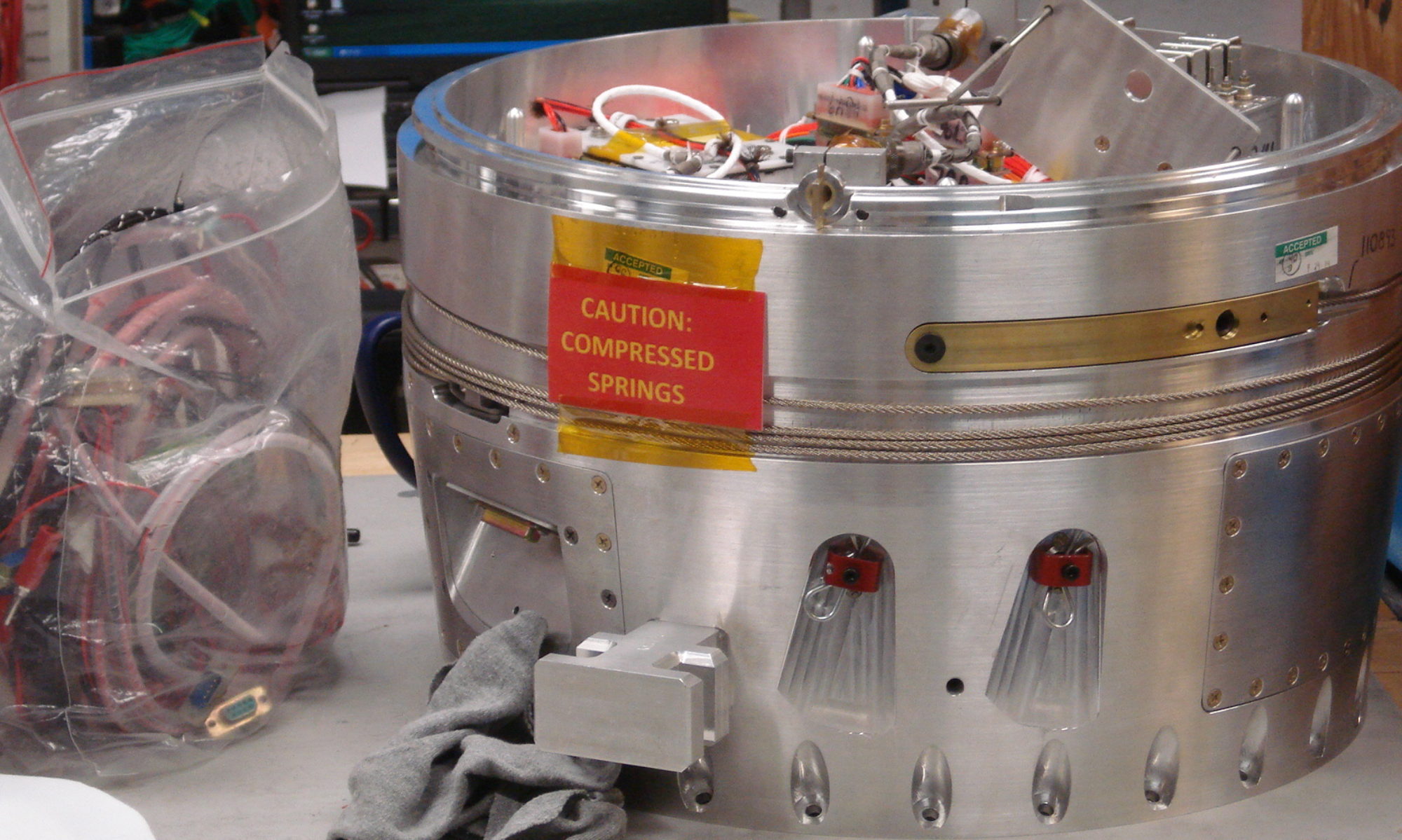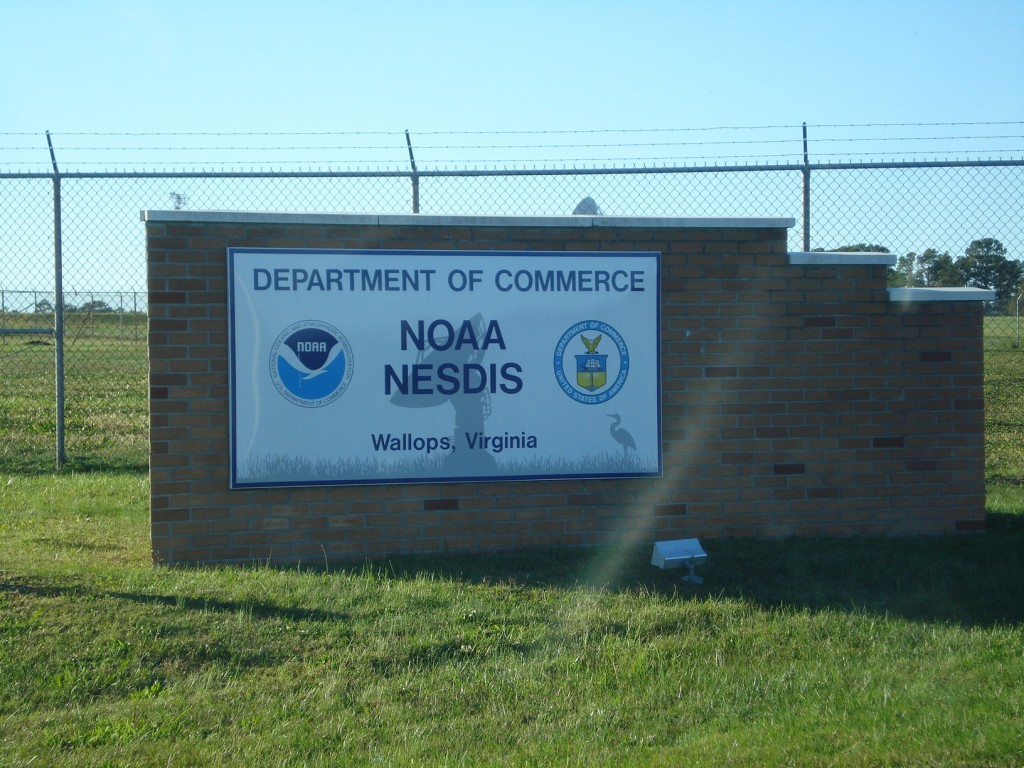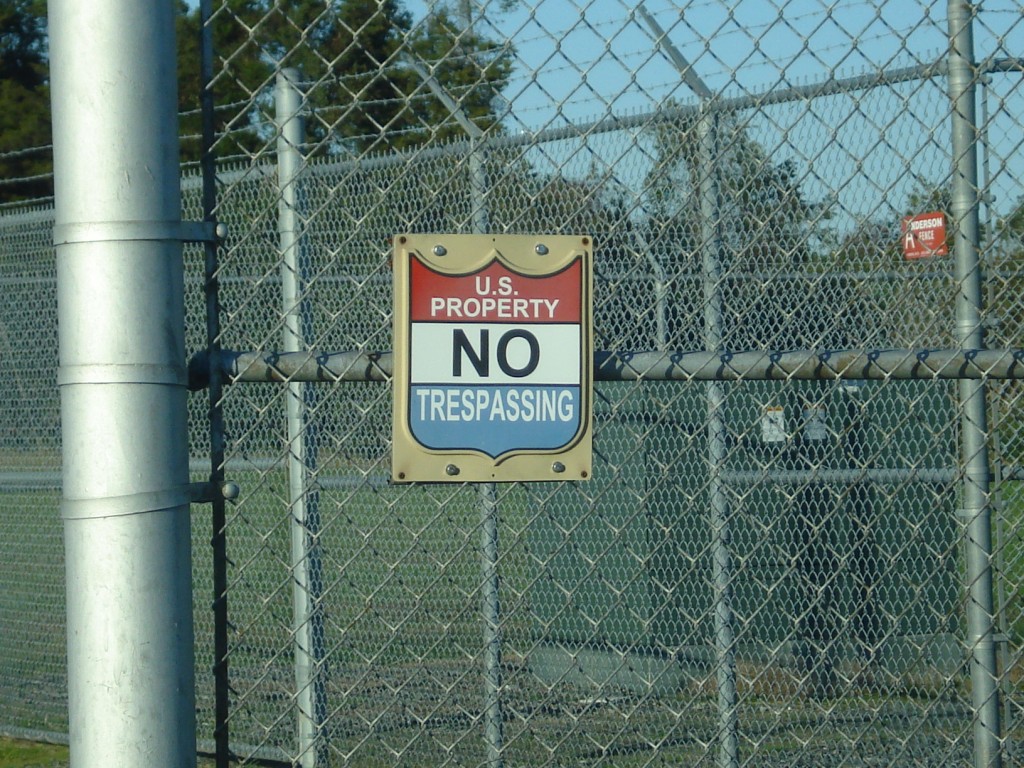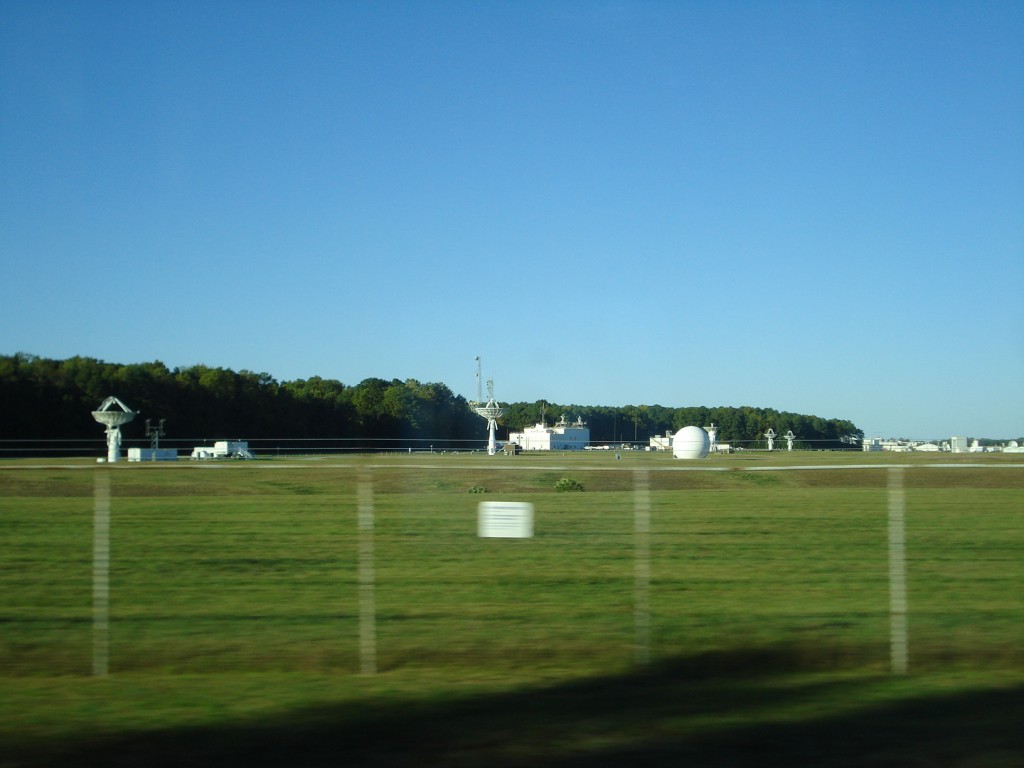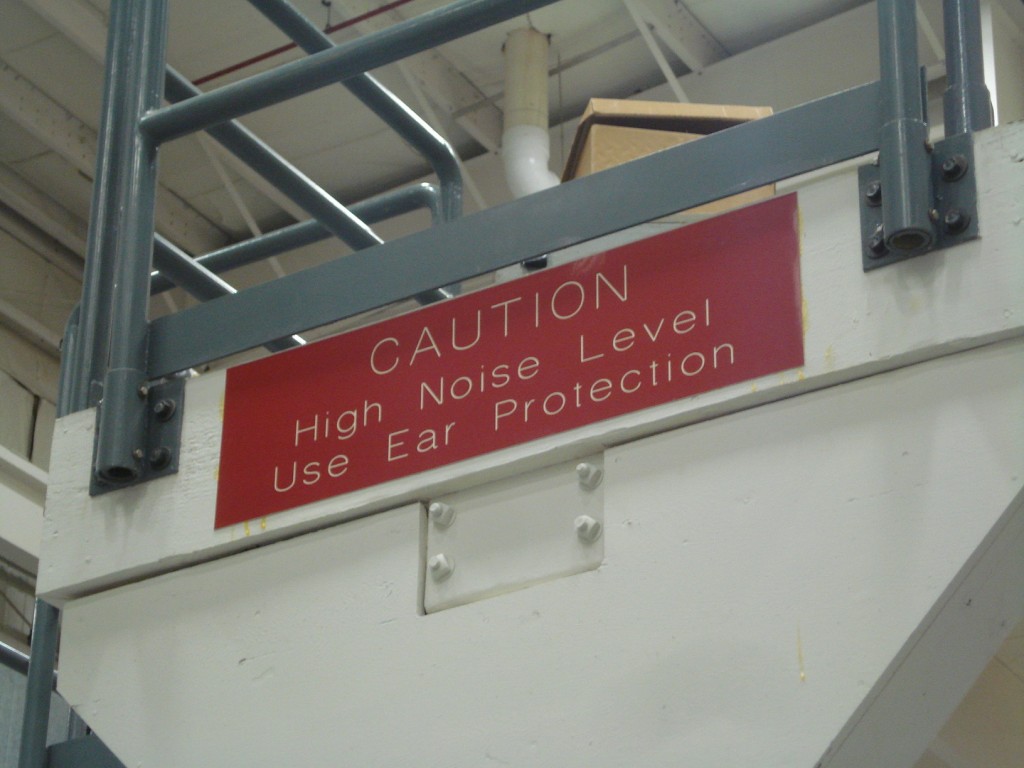I’ve been in the middle of a job change, and so I’ve neglected my duties here in corresponding with you, gentle reader. It doesn’t mean that I haven’t anything to say, just that I’ve not had made the time in which to say it.
I’ve been working on two separate, but related, pieces concerning my trip to Wallops Flight Facility to participate in the #NASAsocial program. One of these is strictly about the launch experience itself and what I experienced as a #NASAsocialite. The second, and what will perhaps be a bit more controversial, piece centers around my preparatory work I attempted before I even left to go- enlisting the help of the ARRL and AMSAT in helping to brief me about any amateur radio questions or protocols for being the very best ambassador to the various people I may, or may not, encounter. I’d like to give a shout out to Kay Craigie, N3KN, who actually took the time to respond to my query and point me in the right direction- she has more class in her little finger than probably exists within 1 square mile of anywhere I happen to be at the moment. But the rest of that story isn’t as upbeat, and it will possibly shed a little bit of light on why AMSAT membership in particular is declining, and why it’s probably going to eventually go the way of the dinosaur sooner rather than later.
Next month will be the sad story first- how Sean Kutzko, KX9X, missed the opportunity to get a first hand account and instead has continued to point out that satellites were destroyed in the failed launch but couldn’t be bothered to discuss this with me before the event itself (that is, it only became “news” when the launch failed). As the public media relations person for the ARRL, I was incredibly surprised at his lack of a response to a simple query. Then I’ll turn my attention to Barry Baines, WD4ASW, president of AMSAT, condescending email to me which was only written after complaining on Twitter about the lack of any help from an organization of which I was a member (I won’t be renewing) to find the people to ask and get a story, which, I don’t know, could have been published in the AMSAT Journal.
But then, the good news- why you should apply for social media credentials and participate in the #NASAsocial program. I met some really cool people, saw some very neat things, and realized that there is a great deal more science going on that, until that trip, I simply had no idea existed. While I think it’s fair to make the criticism that with amateur or armchair “journalists” you’ll end up with that sort of reporting, it would be rash to stop the discussion at that point. I met a couple of people who really used their social media chops and reached out and told a story to their audiences that may be just as good as anything else you might come across. Check out @nechton on Twitter- his pictures really told the story of the Antares #NASAsocial media experience. There are others, too- and I’ll make sure to point you to them.
